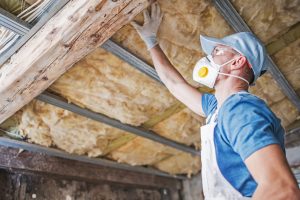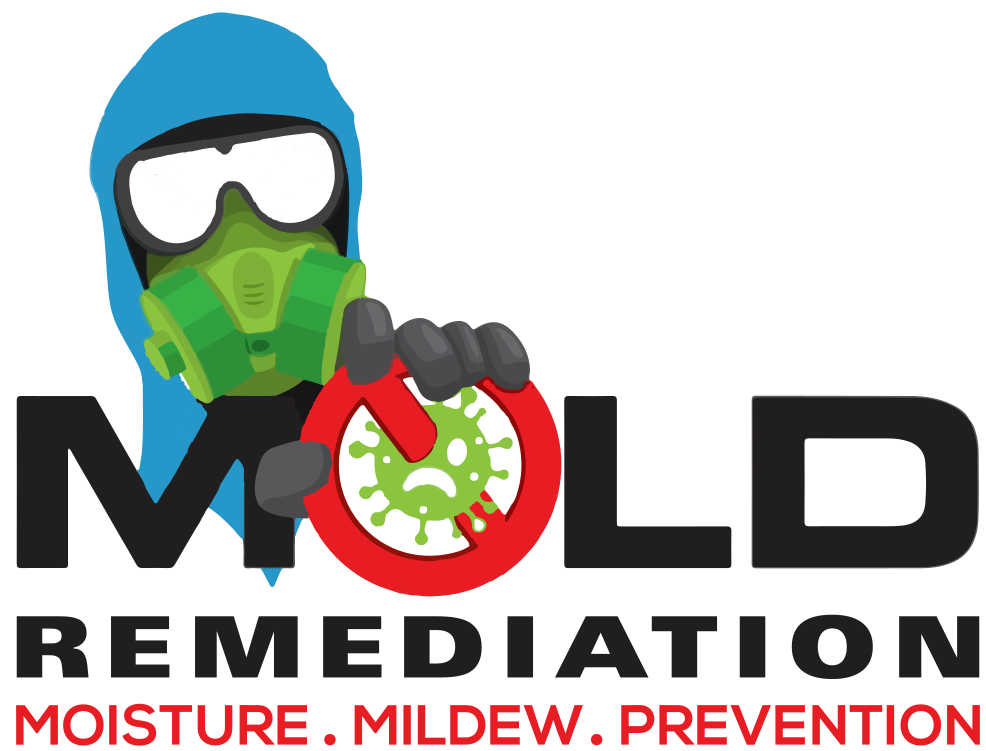
Choosing the best building insulating materials is essential because you spend the vast majority of your time in your home, so it should be nice and comfortable. Saving money on monthly energy bills is another important consideration given that you not want your new home to cost you more than it needs to.
With so many insulation types on the market, you are probably wondering, ‘What are the Best Insulation Types Available for Your Home?’ Protecting your home will have long-term benefits in terms of comfort and energy efficiency. Choosing the best property insulation could be a difficult task. With so many variables such a pricing, different materials, etc. You surely need expert knowledge about insulation to make an informed decision.
There are numerous home insulation options for your home, each with different benefits and drawbacks. Whether you are looking for the most power insulation or simply most cost-effective insulations, it is important to be aware of all of your options when designing your dream home.
In addition, of exploring different insulation types, this article will also cover some general questions such as:
- What type of insulation is most cost effective?
- Is it better to insulate ceiling or roof?
- What is the most effective form of insulation?
Types of Insulation
Cellulose
Cellulose is one of the market’s oldest and most common insulation types. This can be installed on the attic floor as blown-in substance or loose-fill. Cellulose is primarily made from recycled newspapers, magazines, and jeans. When compared to other attic insulation options, cellulose insulation is among the most reasonably priced option in the market.
While cellulose is a cheaper expensive solution, keep in mind that it can settle up to 20%, switch from one side of the roof to the other, and fail to create an air seal. Hot and cold air will freely disperse all through the attic if an air seal is not installed.
Fiberglass
Fiberglass is yet another commonly used type of insulating material found in many homes across the country. It is constructed of ultrafine fiber. While it is the most affordable option, which makes it popular, it is also the least efficient. Fiberglass is less expensive and easier to install, but it does not insulate the rim joist as well, as per Homebuilding Development. When fitted in the rim frame, the material is also prone to mold issues because it traps moisture against the wood, resulting in mildew and decay formation.
Spray foam insulation
Insulation with spray foam is the most power insulation for creating an attic air barrier. Some spray foams can stretch up to 100 times their original size, filling every nook and cranny in the attic. Water-blown and organic chemical compounds obtained from petroleum extracts are the essential components in certain spray foams. As a result, the material is safe for the environment. Because spray foam does not retain moisture, it does not suffer from the same moisture problem as glass fibers. It will also form an air seal, preventing outside air from entering and reducing draughts near the floorboard.
Spray foam is also Category One Fire Rated, which implies it will not act as a catalyst in the event of a fire. It also does not retain water; therefore, it will not support the growth of mold and mildew. The major drawback of spray insulating foam is that it is significantly expensive than other insulation types .
The downside of spray foam insulation is that it is more expensive than the other insulation options.
Best roof insulation options for an attic
Attic insulation is important if you want to keep your hard-earned money from pouring out of your roof, attic insulation is necessary. The best roof insulation options for an attic is open cell spray foam.
Affordable Insulation Company near RI
If you are looking for an affordable insulation company near RI, you can get in touch with Weathertek Insulation that specializes in all insulation types of residential and commr5cial insulation services. Their team can inspect your home or office and give an accurate estimate for your insulation needs.
Conclusion
When it comes to choosing the best insulation types for your existing home, the choice is ultimately yours. To determine which insulation material is best for your family, weigh the advantages and disadvantages of each component, the objectives you want to achieve, and your budget. Lastly, if you want the best and most reliable solution, expandable foam products will create an air seal in your home, making it more comfortable and saving you cash on your monthly electricity bills.
Foam insulation does not sag or settle and fills all corners and crevices wherever it is installed. However, if you need a do- it-yourself solution that is less expensive, then Conventional insulation such as cellulose or fiberglass may be the best alternative for you.


